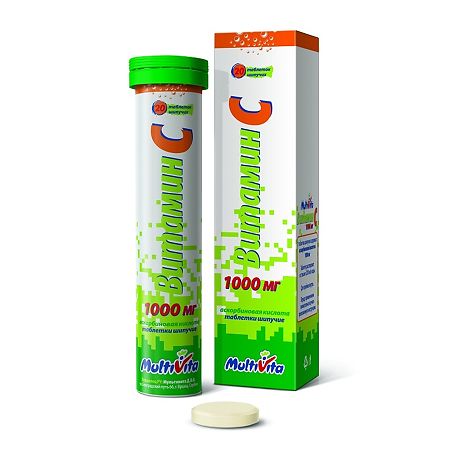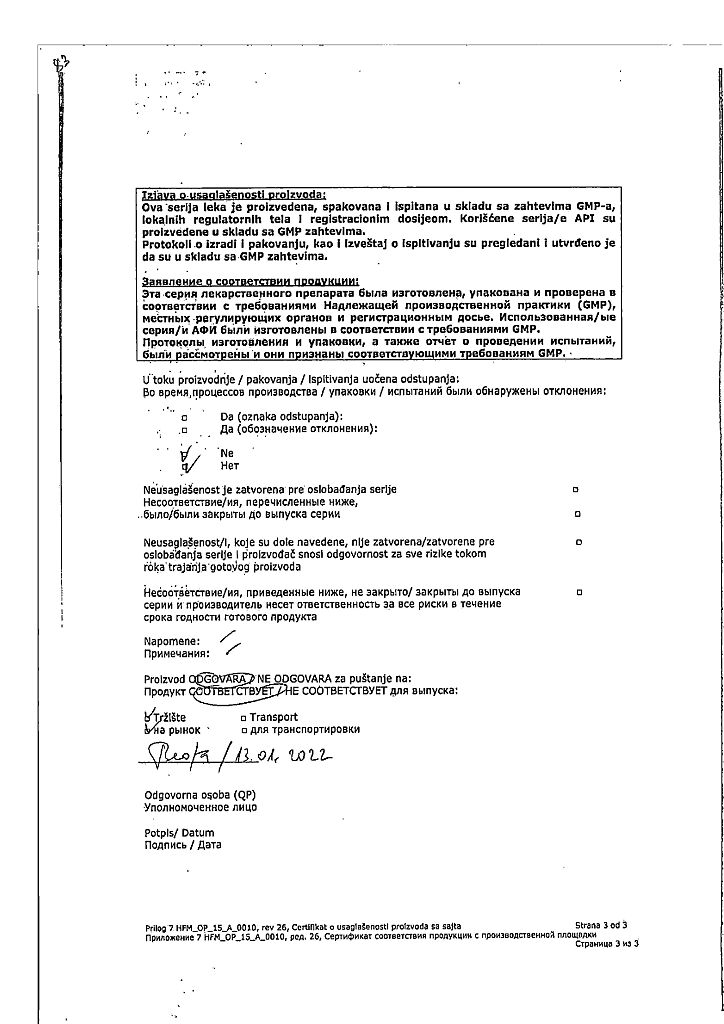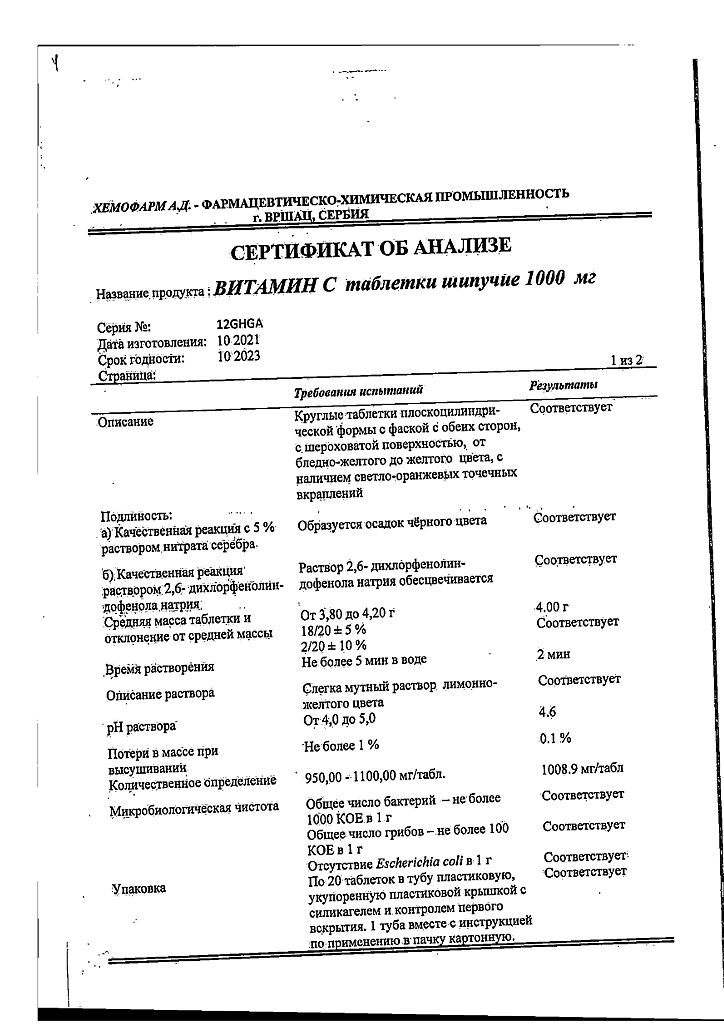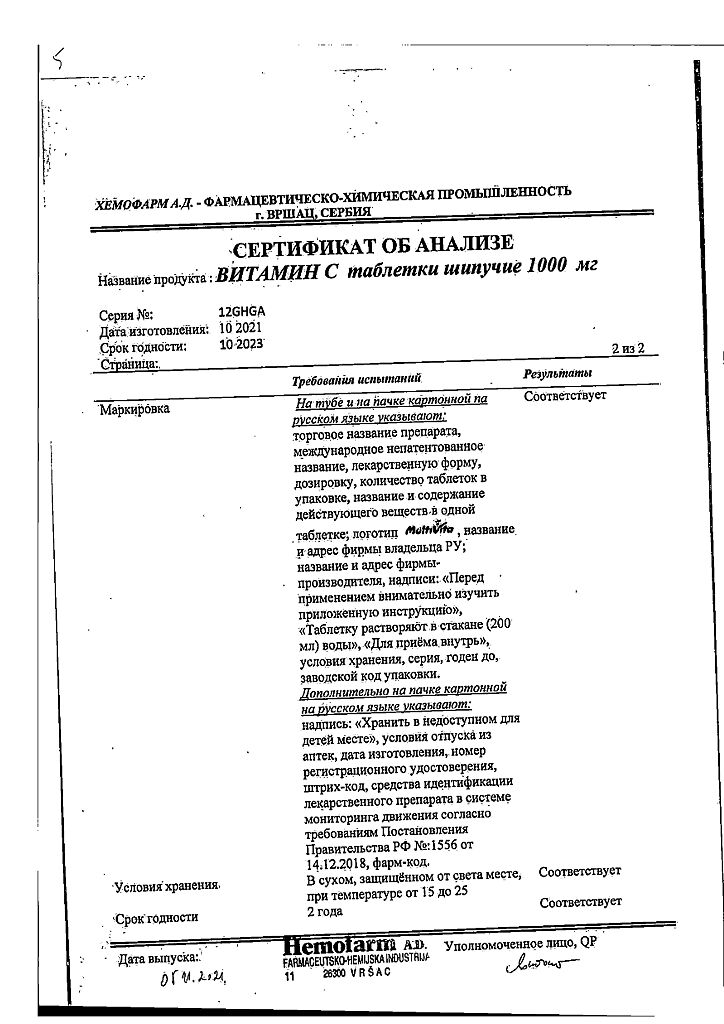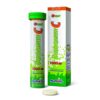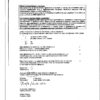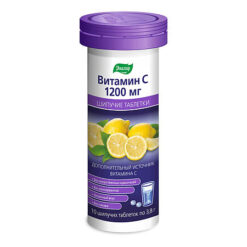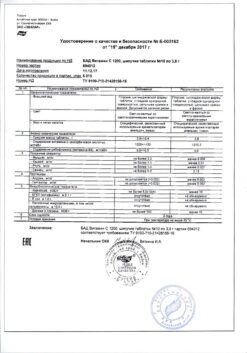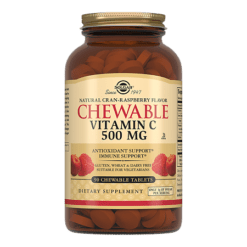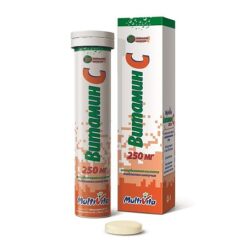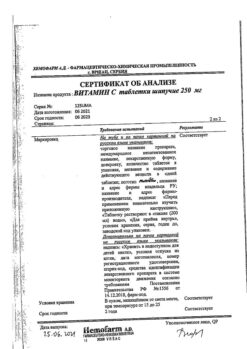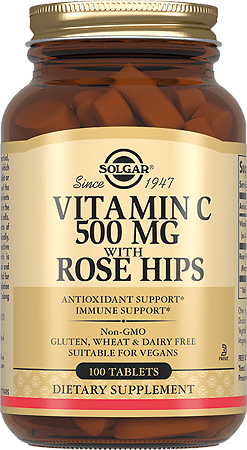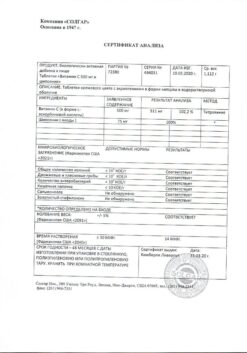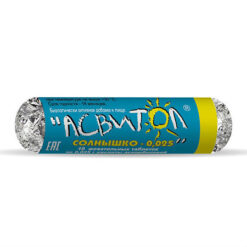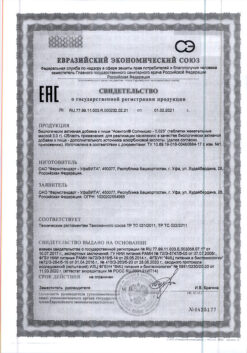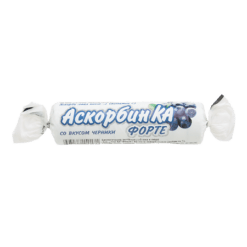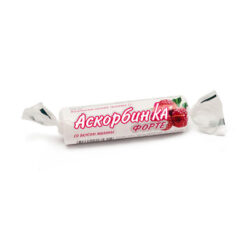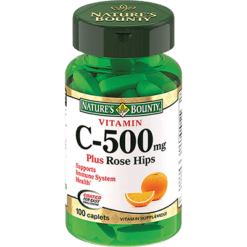No products in the cart.
Vitamin C, effervescent tablets 1 g 20 pcs
€11.23 €9.36
Description
Pharmacological properties
Ascorbic acid is a vitamin that has metabolic effects, is not formed in the human body, and comes only with food.
With unbalanced and incomplete diet a person has a deficit of ascorbic acid.
Participates in the regulation of redox processes, carbohydrate metabolism, blood coagulation, tissue regeneration.
It increases resistance to infections, reduces vascular permeability, reduces the need for vitamins B1, B2, A, E, folic acid, pantothenic acid.
Participates in metabolism of phenylalanine, tyrosine, folic acid, norepinephrine, histamine, Fe, carbohydrate utilization, synthesis of lipids, proteins, carnitine, immune reactions, serotonin hydroxylation, increases absorption of non-hemin Fe.
It has anti-aggregant and pronounced antioxidant properties.
Regulates H+ transport in many biochemical reactions, improves glucose utilization in the tricarboxylic acid cycle, participates in tetrahydrofolic acid formation and tissue regeneration, synthesis of steroid hormones, collagen, procollagen.
Maintains colloidal state of intercellular substance and normal capillary permeability (inhibits hyaluronidase).
Activates proteolytic enzymes, participates in the metabolism of aromatic amino acids, pigments and cholesterol, promotes the accumulation of glycogen in the liver.
By activation of respiratory enzymes in the liver it enhances its detoxifying and protein-forming functions and increases prothrombin synthesis.
Improves bile secretion, restores external secretory function of the pancreas and thyroid.
Regulates immunological reactions (activates synthesis of antibodies, Complement C3 component, interferon), promotes phagocytosis and increases resistance to infections.
Inhibits the release and accelerates degradation of histamine, inhibits the formation of Pg and other mediators of inflammation and allergic reactions.
At low doses (150-250 mg/day orally) it improves complexing function of deferoxamine in chronic intoxication with Fe drugs, which leads to increase of Fe excretion.
Pharmacokinetics
It is absorbed in the gastrointestinal tract (GIT) (mainly in the jejunum).
As dose increases to 200 mg, absorption is up to 140 mg (70%); with further dose increases, absorption decreases (50-20%).
The binding to plasma proteins is 25%. Gastrointestinal diseases (gastric and 12 duodenal ulcer, constipation or diarrhea, helminth infestation, giardiasis), consumption of fresh fruit and vegetable juices and alkaline drinks decrease ascorbate absorption in intestine.
The plasma concentration of ascorbic acid in normal is about 10-20 mcg/ml, the body stores about 1.5 g when taking daily recommended doses and 2.5 g when taking 200 mg/day, time to reach maximum concentration after oral administration is 4 hours.
Easily penetrates into white blood cells, platelets, and then into all tissues; highest concentrations are reached in glandular organs, white blood cells, liver, and lens of the eye;
Deposited in the posterior pituitary gland lobe, adrenal cortex, ocular epithelium, interstitial cells of seminal glands, ovaries, liver, spleen, pancreas, lungs, kidneys, intestinal wall, heart, muscles, thyroid gland; penetrates through the placenta.
The concentration of ascorbic acid in leukocytes and platelets is higher than in red blood cells and plasma.
In deficiency states, the concentration in leukocytes decreases later and more slowly and is considered a better criterion for assessing deficiency than plasma concentration.
Metabolized mainly in the liver to deoxyascorbic acid and then to oxalic acid and diketogulonic acid.
Extracted by the kidneys, through the intestines, with sweat, breast milk as unchanged ascorbate and metabolites.
When high doses are administered, the excretion rate increases dramatically.
Smoking and use of ethanol accelerate the breakdown of ascorbic acid (conversion to inactive metabolites), dramatically reducing the body’s stores.
Excreted by hemodialysis.
Form of release
Form of release
Effervescent tablets.
Additional information
| Shelf life | 2 years. Do not use after the expiration date printed on the package. |
|---|---|
| Conditions of storage | Store in a dry, light-protected place at 15 to 25 oC. Keep out of reach of children! |
| Manufacturer | Chemopharm A.D., Serbia |
| Medication form | pills |
| Brand | Chemopharm A.D. |
Other forms…
Related products
Buy Vitamin C, effervescent tablets 1 g 20 pcs with delivery to USA, UK, Europe and over 120 other countries.

